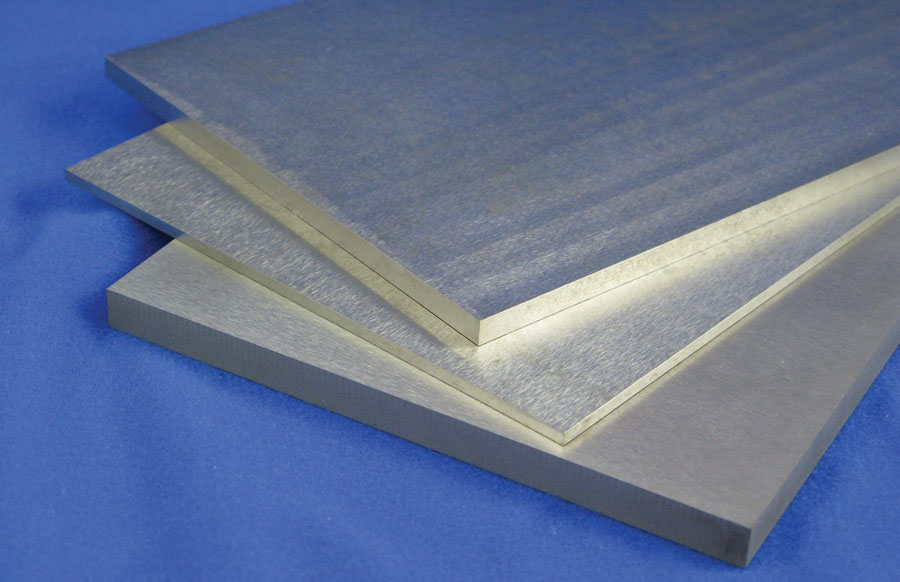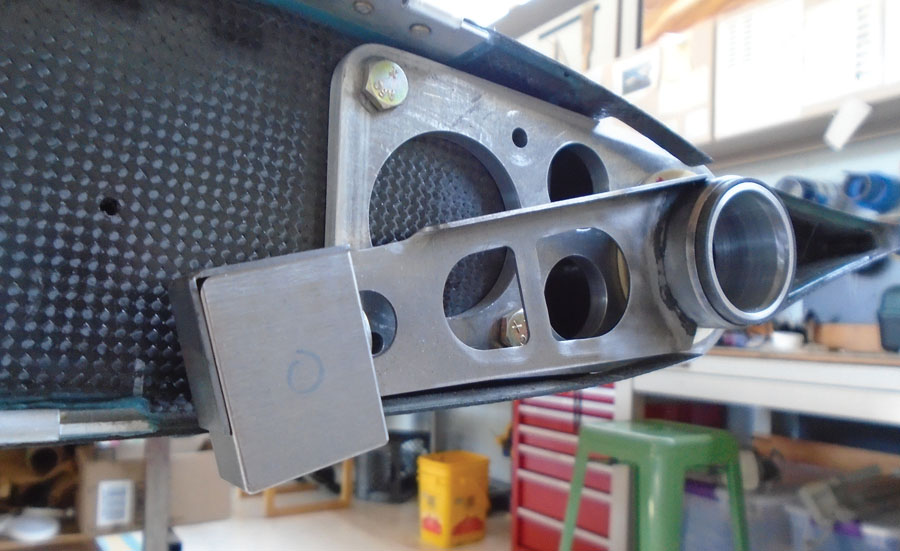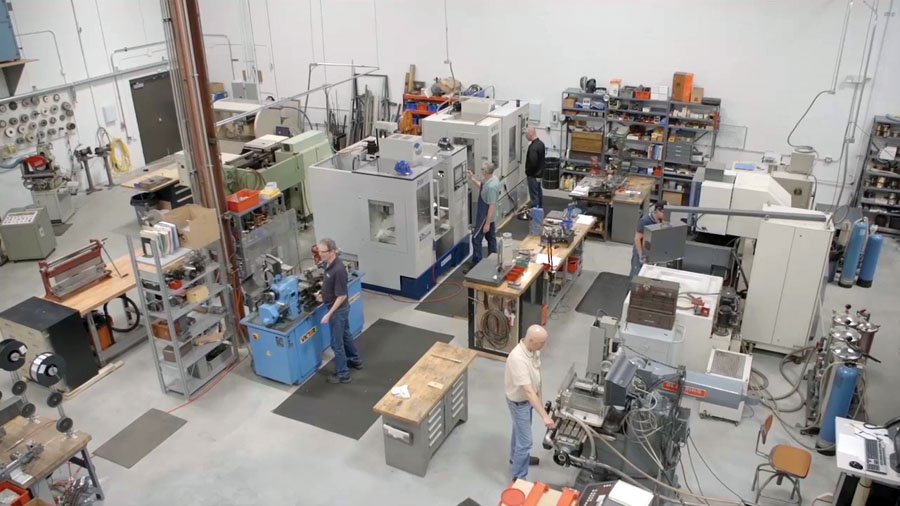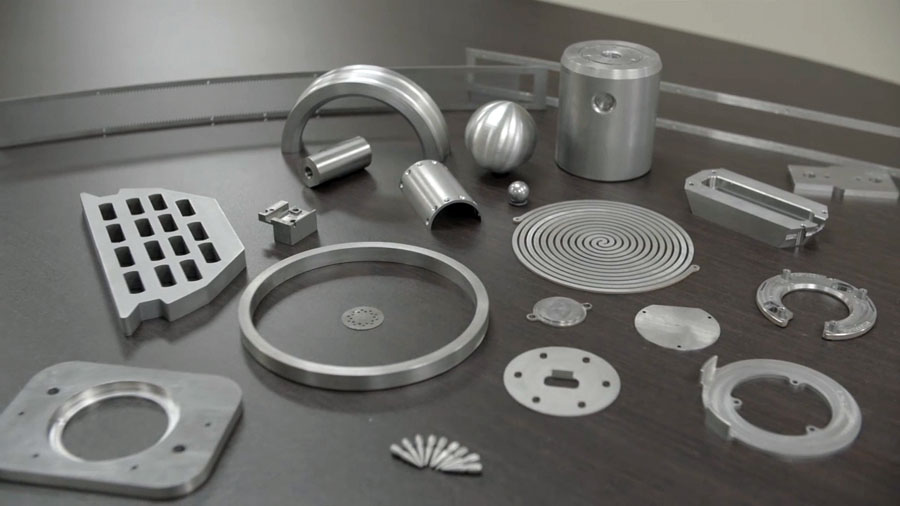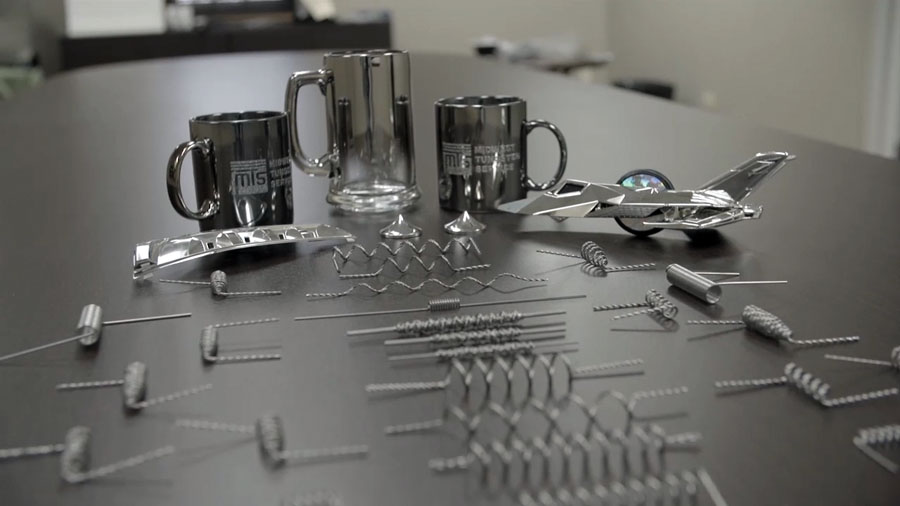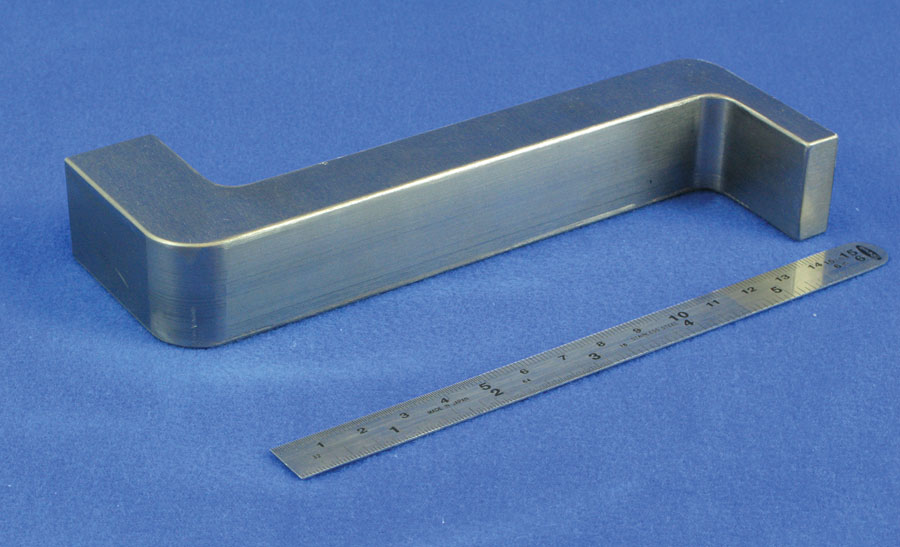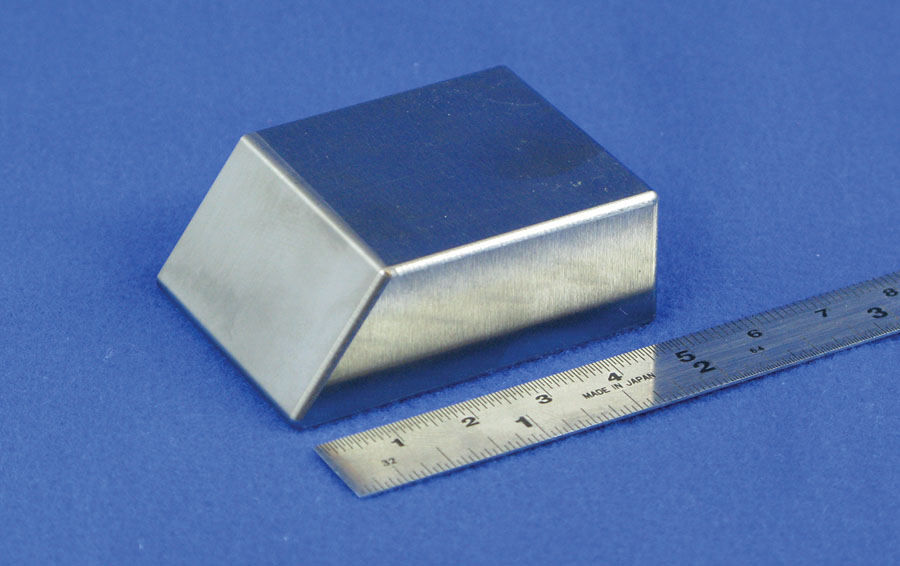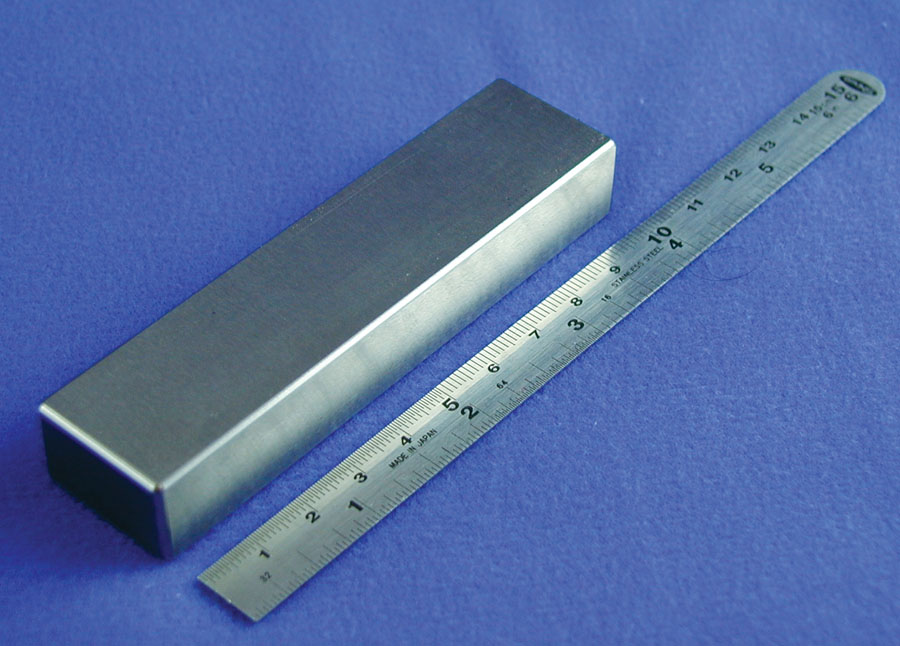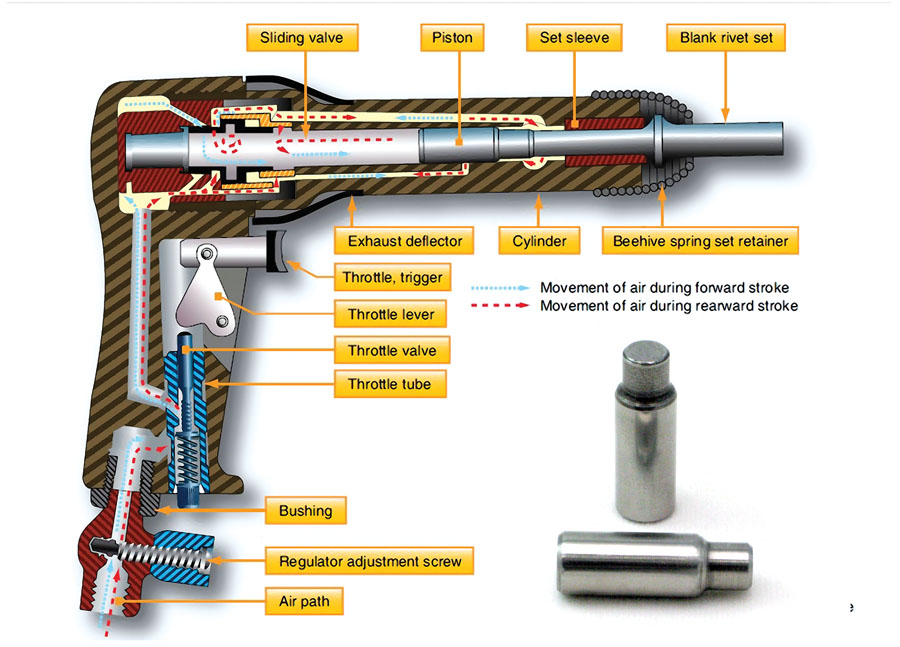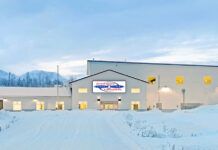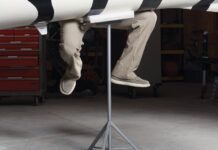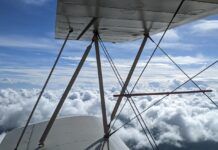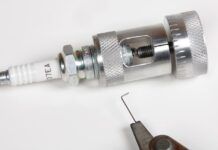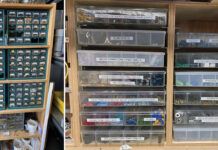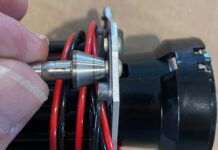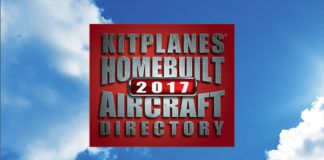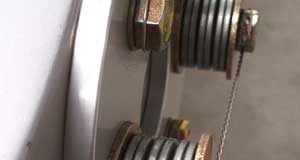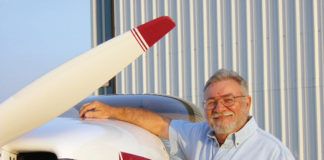The SR-1 race plane I’m building will belong to the C1a/0 class, which is planes weighing less than 661 pounds (300 kilograms). This includes fuel and pilot, so once you subtract those and an engine, your airframe weight is in the 300-pound range—or 4800 ounces if you think like I do! I weigh every part with a gram scale and will chase after weight savings in the tenth of an ounce range. It’s a bit crazy, but given the weight limitations of the class, I don’t have much choice.
It’s the fun kind of crazy though, and it’s what makes the C1a/0 class special. Once you get into the larger weight classes, you can often brute force your way to a record if you can afford to just put a large enough engine in something. With C1a/0, you’re happy to just get a light four-banger up front—forget about turbos and spray bars and all that cool Reno stuff.
Tungsten has a density approximately 1.5 times that of lead, making it a good choice for the SR-1 race plane’s aileron counterweights. (The tungsten is the block on the left with the faint circle drawn in the middle.)
That’s all to say, weight counts a lot sometimes, and we builders are sometimes willing to pay a bit more to shave pounds or even ounces. Tungsten (in the MT-17F alloy form discussed here) has a density approximately 1.5 times that of lead, which when used for a control surface counterweight, either allows you to use less weight or frees up your design options due to the higher density. But where to get this exotic stuff? This month we talk to Kevin Anetsberger, director of sales at Midwest Tungsten Service (MTS), a large commercial vendor of tungsten and supplier of both tungsten bucking bars and counterweights.
KITPLANES: How did MTS get its start? Are you primarily servicing the aerospace industry, or is that just a minor aspect of your business?
MTS: Midwest started in 1958, serving companies in the vacuum metallizing industry by supplying them with tungsten filament wires used in the evaporation of metal onto plastics to make them reflective, i.e., chromed plastic. Tungsten has a very high melting point, so you can pass a lot of current through it—it’s what incandescent bulb filaments are made of.
The vacuum metallizing industry was the full extent of our business until about 1990, when MTS used the strength of its relationships in the tungsten industry worldwide to offer a wider range of tungsten raw materials for sale. In addition to raw materials, MTS also has a full machine shop capable of machining tungsten-based materials, which can be difficult to do. We serve the automotive, medical, and aerospace industries, among many others.
KP: What are the main different grades/alloys of tungsten available? What are the benefits/disadvantages associated with them?
MTS: In the broadest sense, there’s pure tungsten and tungsten alloys. Pure tungsten is expensive and difficult to machine, but has the highest melting point of any metal and can be made into wire and thin sheet. The tungsten alloys are less expensive and easier to machine, however, they do not have the temperature resistance of pure tungsten and cannot be made into wire or thin sheet. Alloys are great for weight or radiation shielding. Pure is better for high temperature applications. There are specialty alloys like copper-tungsten that are great for electrical contacts.
KP: Tell us a little bit about your bucking bars? I understand you have stock shapes, as well as custom ones. Approximately how much more are the custom bars? What are the benefits of tungsten bars versus traditional steel bars?
MTS: Tungsten alloy is a great material for bucking bars. The density of these bars is about 2.5 times that of a standard steel bar. The increased density means that less momentum is transferred to the hand of the person doing the bucking, resulting in less fatigue and a decreased risk of repetitive motion injury. The resulting bucked rivet is generally better, also.
That being said, tungsten alloy is a sintered material and is not as good a choice for bars that are thin or have angles or cantilevers, as these geometries are prone to breakage. Our standard bars avoid these geometries. We do make custom bars, but prior to making them we will offer advice as to whether or not a customer’s design might be prone to failure. We don’t really charge a premium for custom bars, but they do take longer to deliver. Tungsten bucking bars are certainly more expensive than a standard steel bar, but you get what you pay for. If the result is doing the job better, faster, and with less wear and tear on your body, it might actually be a bargain.
Bucking bars from simple to specialized. Bars like the one in the upper right are where tungsten bars shine—small enough to fit in most places but still massive enough to do the job.
KP: Tell us a little bit about your counterweights/ballast? Are they typically all custom designed? If someone wants custom counterweights, do they need to provide you with a CAD file, or will a set of hand-drawn engineering drawings be sufficient? Are there profiles that are easier or more difficult to do? Have you machined any custom counterweights for Van’s RV aircraft (or any other experimental aircraft)?
MTS: Most of our ballast work is custom. There are a few exceptions for things like NASCAR weights, fidget spinner weights, pinewood derby weights, and firearm buffer weights, which are all pretty much standard. We accept CAD drawings or solid models in all formats. Certain geometries can be challenging, but we rarely have to reject a design for machining issues. Most ballast weights are pretty simple, though. For aircraft we typically do things like aileron weights or maybe crankshaft weights for an engine. Obviously, the goal in these situations is to damp vibration, not to add to the weight of the aircraft.
KP: Any suggestions on machining? Can a person machine tungsten stock on a manual mill/lathe, or does it require CNC?
MTS: I would not recommend a casual machinist attempt to machine pure tungsten, but the tungsten alloys are doable by a reasonably practiced machinist. The raw material is expensive, though, so mistakes are costly. If someone really wants to do their own machining, we can make recommendations on speeds and feeds, as well as what tools to use. Our website contains a page that discusses machine fabrication of tungsten alloys.
KP: Please briefly discuss your welding rods and what you offer that might not be available from the local welding supply shop.
MTS: Tungsten welding rod is one of our newest products, but has been met with great enthusiasm in the marketplace. We are currently the largest seller of welding rod in online marketplaces like Amazon.com. The electrodes are doped with trace amounts of different materials depending on the base metals to be welded and are color coded accordingly for easy identification. We were able to leverage our many years of tungsten experience and develop a product that works really well and is reasonably priced.
KP: Any other products or applications we haven’t touched on yet?
MTS: We have just finished development of a tungsten alloy replacement piston for rivet guns. Our piston is a drop-in replacement for the standard piston that comes in the gun but allows the rivet gun to deliver more force per stroke. This means faster, more accurate riveting. The product is in the final testing stages to determine how well both the piston and the guns hold up under extended usage. So far, all signs are good, and we are really excited about being able to offer these in the very near future.
Tungsten piston (above) allows a rivet gun to deliver more force per stroke for faster, more accurate riveting. The illustration shows the location of the piston in a typical rivet gun.
Thanks to MTS for answering our questions. If you want to learn more or purchase a bucking bar, check out their website at www.midwesttungsten.com. MTS is a sponsor of the SR-1 project—counterweights, of course! I already had a tungsten bucking bar from building my RV-4 and, no kidding, they are the cat’s meow!


